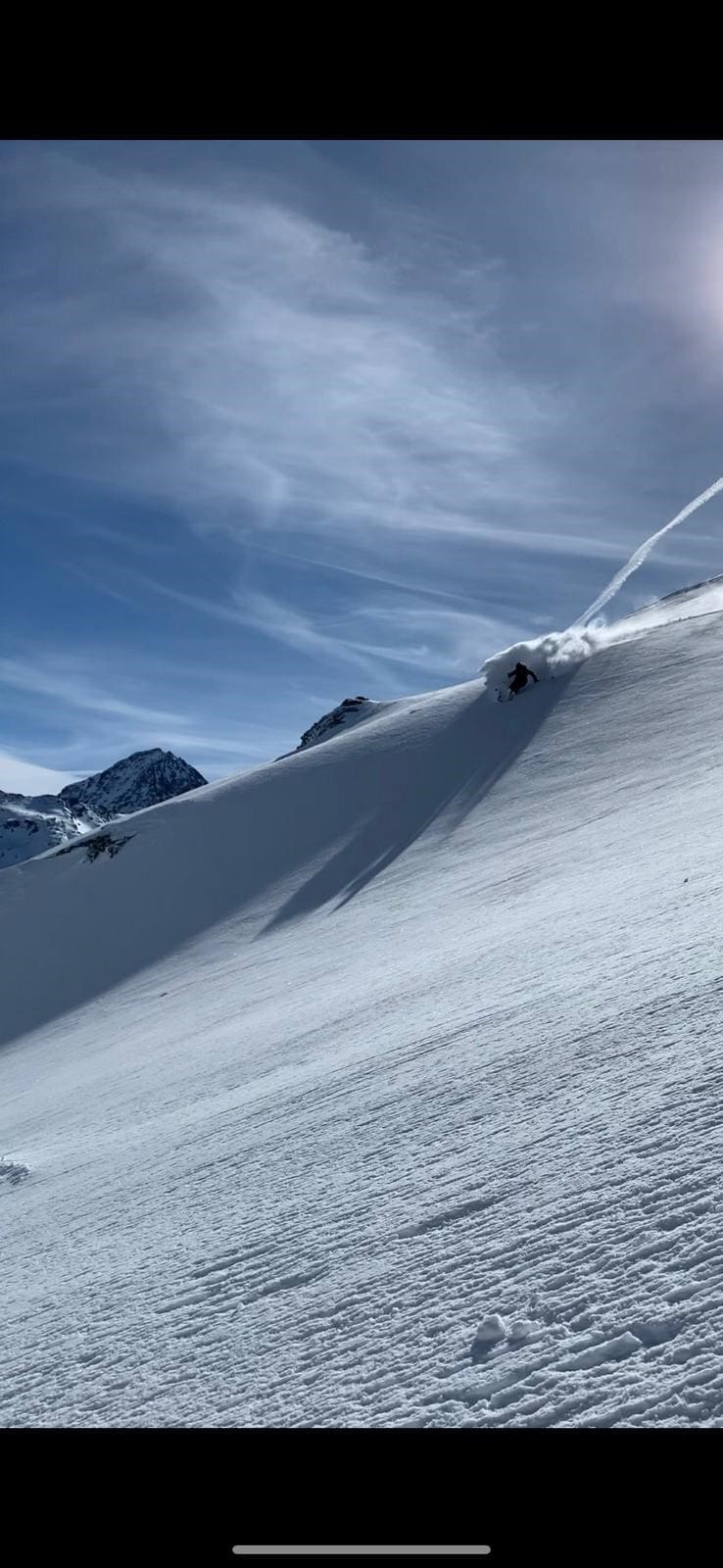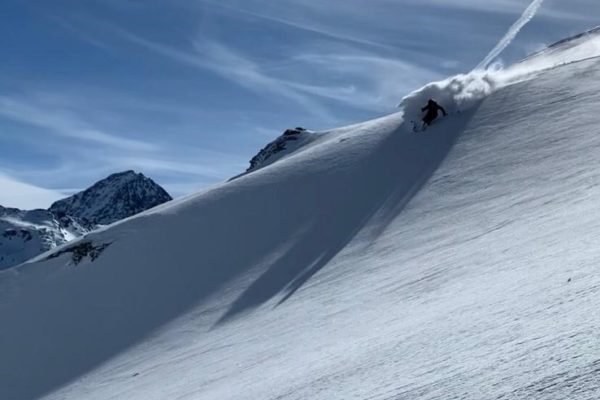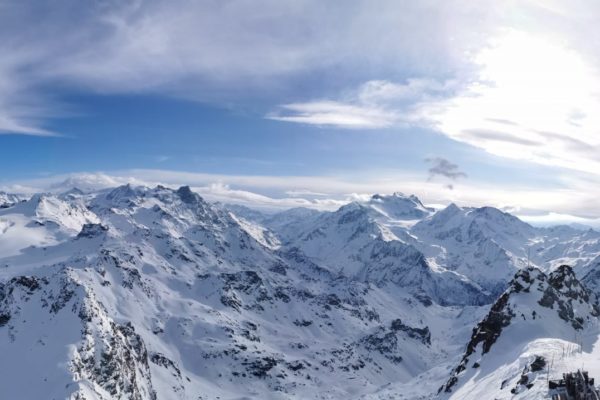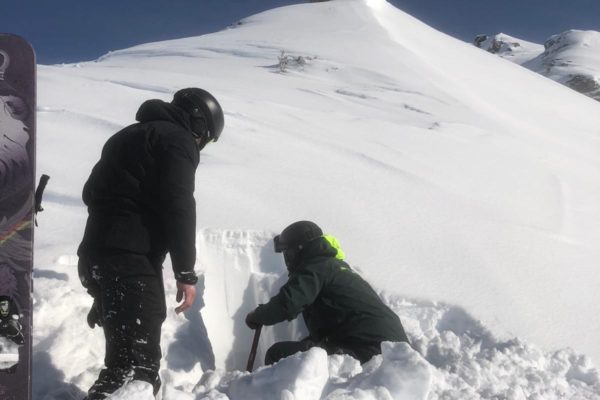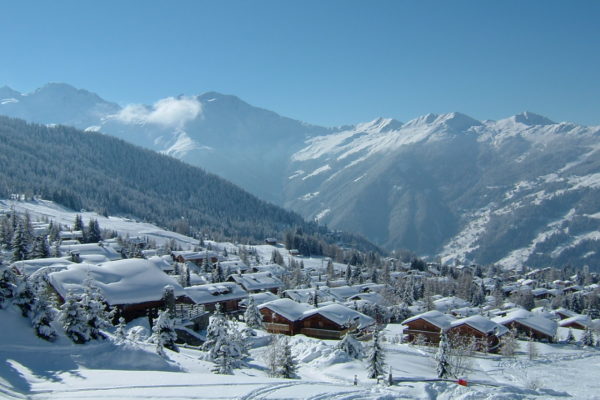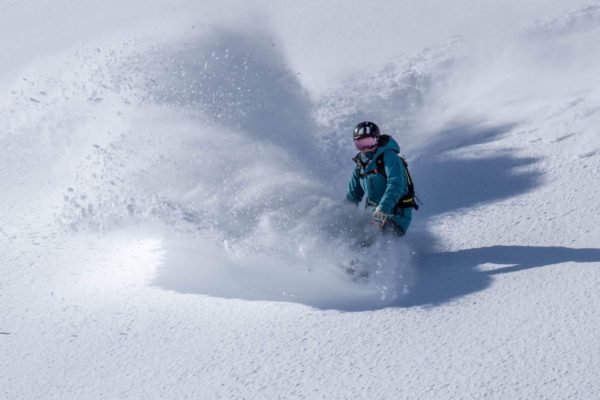Avalanche Safety
Verbier Mountain Safety is essential. The excitement that beckons on a fresh powder morning is like no other. Gliding down an untouched mountain, cutting through the powder, there’s no feeling quite like it. As our hearts beat faster, the adrenaline rush of skiing and snowboarding inevitably comes with risk.
However inviting the fresh snow looks and however desperate you are to ski the fresh powder, an avalanche stops for no one. Tragic recent events in Verbier saw two popular members of the Verbier community losing their lives in separate avalanches on the same day. Events like this are a stark reminder that off-piste skiing is dangerous, and nothing is more important than staying safe. In recent days, some of our team have been up the mountain with Performance Verbier doing some important and potentially life-saving avalanche training.
Here are our top tips to make your experience in the Verbier backcountry a little safer.
- Be Prepared
Beware of going skiing or snowboarding without the right travel insurance. The type of injuries sustained skiing and snowboarding tend to be major, such as ligament damage, dislocations and messy bone breaks. But for those who get caught out without insurance, medical bills can be the most painful aspect of an injury. And whilst Verbier is famed for its freeride skiing, this can ramp up the cost for emergency medical transport. Aside from your own medical coverage, insurance can also protect against personal liability, lost holiday days due to weather and misplaced equipment and ski passes.
- Get to know the ‘Highway Code’ of the mountains and follow it
The FIS (International Ski Federation) has established 10 rules of ski and snowboard conduct that are legally-binding in much the same way as the highway code applies to car drivers. They’re all common sense but it’s worth knowing them before hitting the powder. A key rule is to adapt the manner and speed of your skiing to your ability and to the general conditions. Another is that the skier or snowboarder in front has priority.
- Telltale signs of avalanche danger
This is particularly important in and around the resort of Verbier. Despite all the warnings, many skiers regularly venture away from the pistes without the help of a local, qualified off-piste guide. Doing so in stable snow conditions may not be too risky, though in early snow you need to watch out for tree stumps and rocks. But to ski in crevassed glacial terrain without a guide is to court disaster. Our experienced team can help recommend mountain guides, but we also understand that people can’t be stopped going off piste and must be helped to recognise the dangers, principally from avalanches. Here are our team’s top tips to be prepared for an avalanche:
- Understand the danger ratings
- Check the weather forecast
- Stick with like-minded skiers and snowboarders
- Carry all the equipment you need (see point 5 below)
- Train with safety equipment
- Plan your routes
- Learn about slope angles
- Talk to local professionals
- Book an off-piste guide
- Know how to avoid an avalanche
Again, this is particularly important for Verbier mountain safety. Avalanches are triggered when the weight on the snow pack causes the slab to fracture. One person puts far less pressure on a slope than two or three people. When you stop to wait for the rest of your group, make sure it is somewhere safe (find an “island of safety”) so that if they trigger an avalanche you won’t get caught in it. Here are our team’s top tips to be avoid being caught in an avalanche:
- Go one at a time where there is any possibility of danger
- Keep your tracks close together
- Look for signs of recent avalanche activity
- Look out for convexities (a steepening of the slope)
- Avoid wind-loaded slopes
- Look out for what is below you
- Verbier mountain safety essential kit
Whether you’re skiing off piste with a guide or not, you will need three essential items of kit – an avalanche transceiver, collapsible three-metre probe and shovel and be well versed in how to use them. We’d suggest a two or three hour practical training session with safety equipment, and refreshing yourself each year from one of our mountain guides. Other kit to consider is an avalanche airbag system incorporated into a backpack.
With a large balloon or balloons that inflate at the pull of a cord, they’re designed to make the person wearing it larger, so they naturally rise to the surface of the snow. The avalanche rescue system Recco is an additional safety measure. It is a microchip system that is often built into technical ski clothing or can be purchased cheaply. Equipment on a rescue helicopter can accurately pinpoint the buried skier. But time is the enemy of the avalanche victim. Avalanche debris can have the consistency of drying concrete, and you can’t shift it with a ski or a snowboard.
Skiing should always be fun, and we understand that many of our clients choose Verbier for the challenge of off piste skiing and freeriding. If ever in doubt, we’re always happy to help recommend a local off-piste guide who knows the slopes intimately and will make your experience all the more enjoyable.

